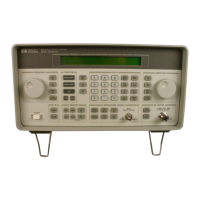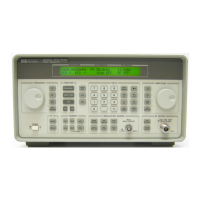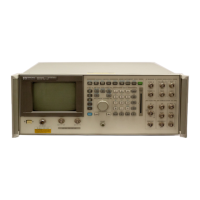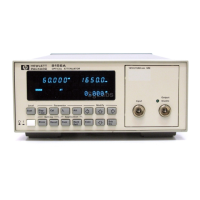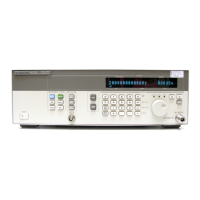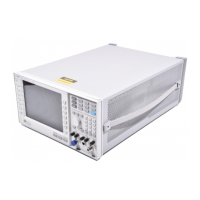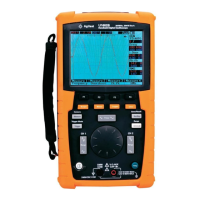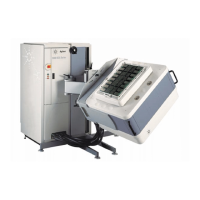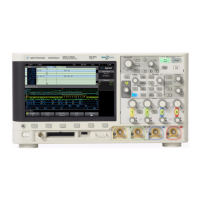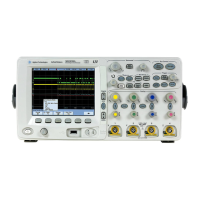15
N1010A FlexDCA and 86100A/B/C/D
Firmware Release Notes
A.01.60 Release Notes, December, 2011
(Differences from Release A.01.50)
General Comments
• Connecting to a remote instrument requires 86100C/D firmware A.10.60 or later.
New Feature List
• Added a Continuous Time Linear Equalizer (CTLE) math function. The CTLE
requires option 201, Advanced Waveform Analysis.
• Added a Delay math function. The Delay function adds a customizable time delay
to the input waveform.
• Added an Align math function. The Align function delays one input waveform to
align it with a second input waveform.
• Added support for Option 500, Productivity Package, which includes Rapid Eye.
Rapid Eye significantly reduces the time required to acquire eye- diagram samples.
If several eye diagrams are displayed, Auto Scale can be configured to apply
software skew to align all of the eye diagrams.
• Eye Tuning enables a variable persistence display in Eye/Mask mode. Eye Tuning
can be used to tune a device while simultaneously watching changes to the eye
diagram and eye diagram measurements.
• Eye mask margins can now be based on a user- specified target Hit Ratio.
• When saving screen captures, added the capability to select one out of many
displayed waveforms to include in the saved graphics file.
• Added comprehensive capability (approximately 800 commands) to remotely
control FlexDCA via SCPI programming commands.
• Added an Uncorrelated Noise measurement to Jitter Mode.
• Added the ability to align waveforms on the display, similar to the Horizontal
Skew capability of the 86100D firmware. This Time Delay setting is available from
the Channel Setup dialog box’s Advanced tab.
• The RJ/RN compensation feature can now be used with signal processing
operators, such as de- embedding.
• Added mask files for OTU2 and OTU2e.
General Defects Fixed
• Fixed a problem where the continuous loop bandwidth setting for clock data
recovery hardware could be set to values less than 15 kHz.
• Fixed an occasional crash when using a precision timebase.
• When Jitter Mode is used to measure a clock, the clock frequency is reported in
unit of Hertz instead of bits- per- second.
• Fixed unreliable detection of the precision timebase reference frequency in Pattern
Lock.
Known Issues
• The remote SCPI interface is limited to the HiSLIP, Telnet, and Sockets protocols
when running on a 64- bit Windows OS. To make use of this functionality, the
program "Agilent.N1000.x86.exe" needs to be launched instead of the default
"Agilent.N1000.exe".

